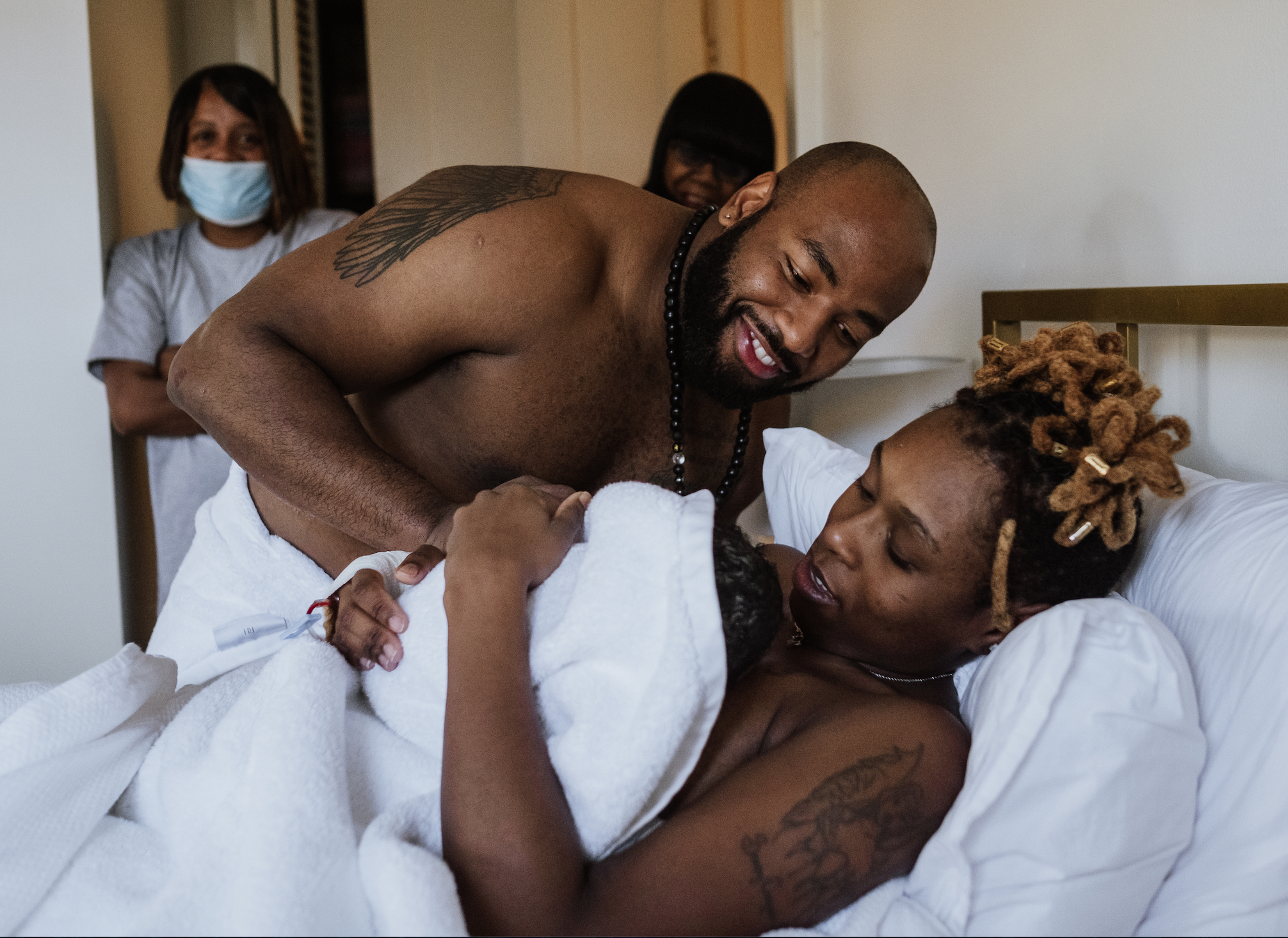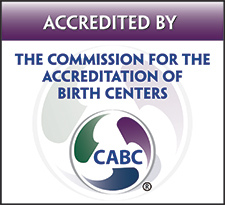Whether you’re pregnant, parenting, or planning to have children in the future, the abysmal state of parental leave in the United States has probably crossed your mind. In fact, the U.S. is one of just six countries worldwide that have no national paid leave, and one in four birthing people return to work just two weeks postpartum. Across the globe, the average paid maternity leave is 29 weeks and the average paid paternity leave is 16 weeks. We have zero.
Luckily, the Paid Family Leave Act was passed by New York State in 2016 and was fully phased in this year. Despite this, there are still many misconceptions that remain about parental leave and this legislation has left several gaps. We hope this guide will help our clients and community navigate this complicated system and get the most leave possible after the birth of their babies. Parental leave for both the birthing person and their partner is critical to ensuring that families thrive.
In New York State, most birthing parents are able to combine short-term disability leave with other benefits. Short-term disability provides 50 percent of your average weekly wages up to a cap of $170 per week. It is offered for six weeks following a vaginal birth and eight weeks following a cesarean birth. You can begin using your disability benefits at the end of pregnancy (around 36-38 weeks), but it’s important to consider that this may mean you will have less paid leave with your baby after you give birth.
Another thing to remember is that you won’t know when you’ll go into labor, so if you go out of work at 38 weeks, it could still be another month until you give birth. That said, I started using my disability benefits at 39 weeks when I was pregnant with my daughter, and I have no regrets. She was born at exactly 41 weeks, and those two weeks I spent at home awaiting her arrival were magical. I took long walks, got ice cream by myself, bounced for hours on my exercise ball, and drank copious amounts of red raspberry leaf tea. If you do decide to go out of work before giving birth, make sure you have plans to soak up that time. It can be really tough if you go out of work expecting to give birth by your due date only to find yourself pregnant with nothing to do but wait for labor for another two weeks.
In addition to short-term disability leave, most birthing parents in New York State are also eligible for 12 weeks of paid family leave, which provides 67 percent of your weekly salary. This is considered “Bonding Leave”. By combining disability and paid family leave benefits, birthing parents can receive 18 weeks of paid leave after a vaginal birth and 20 weeks of paid leave after a cesarean birth. Partners are also typically eligible for 12 weeks of paid family leave. It does not have to be taken all at once and can be used throughout your baby’s first year and for prenatal appointments.
The eligibility guidelines for paid family leave are below:
-
Full-time employees: Must work a regular schedule of 20+ hours per week and are eligible after 26 consecutive weeks of employment.
-
Part-time employees: Work a regular schedule of less than 20 hours per week and are eligible after working 175 days, which do not need to be consecutive. Employees with irregular schedules should look at their average schedule to determine if they work, on average, fewer than 20 hours per week.
Unfortunately, there are some exceptions to these eligibility guidelines: people who work for public employers (for example federal, state, or local governments), people who are self-employed, independent contractors, and people who work for an out-of-state company.
In addition to short-term disability and paid family leave benefits, the Family and Medical Leave Act (FMLA) is a federal program that provides 12 weeks of unpaid, job-protected leave with continuation of group health insurance coverage under the same terms and conditions as if you had not taken leave. FMLA is available after the birth of a child or to care for a newborn in the first year of life for eligible people who work for covered employers. Covered employers include private companies with 50 or more employees, smaller private employers who opt into FMLA, all government agencies (including local, state and federal employers) and elementary and secondary schools regardless of the number of employees. To be eligible for FMLA, you must have worked for your employer for at least 12 months (these do not have to be consecutive) and you need to have worked 1,250 hours in the 12 months before you take leave (an average of 24 hours per week over the course of a year).
You and your partner should contact an HR representative to find out what benefits are available to you. Some companies have separate parental leave policies which may be more generous than what the New York State and the federal government provide. You may also be able to use accumulated sick or vacation time to increase your leave. It’s important to note the timing of the eligibility requirements for leave benefits. If you were to start a new job shortly before the birth of your baby, you would not be eligible for paid family leave or FMLA and would likely not have any accumulated sick or vacation time. Here are some questions to guide your conversations with your employer:
-
What is our company’s parental/maternity/paternity leave policy?
-
Is our company covered by NYS paid family leave?
-
Is our company covered by FMLA?
-
Can I use accumulated sick or vacation time to expand my leave?
-
Can I work extra hours in the coming months to accumulate sick or vacation time at a faster rate?
-
What paperwork and other documentation will be needed, what is the timeline, and how should I send it?
-
When I return to work, can I work flexible hours or part-time?
We strongly encourage all parents to use as much leave as possible after the birth of their baby and within the first year of life. This time is fleeting and full of joy, exhaustion, hard work, and the most love imaginable. Many parents stack their time so that their infant can have longer at home before going to another care provider. Thus, the birthing parent exhausts their leave first, and then their partner begins their leave once the birthing person has returned to work. This also allows both parents ample one-on-one time to bond with their baby.
It is our sincere hope that the United States will offer better support to postpartum families in the near future, and we will continue to advocate toward that goal. In the meantime, if there is anything our staff at Fika Midwifery can do to ease the burden placed on working parents during and after pregnancy, don’t hesitate to reach out!
Author Mary Badame is the Quality Assurance Manager at Fika Midwifery and is a passionate advocate for midwife-led care, increased birth options, and better reproductive healthcare for everyone.




